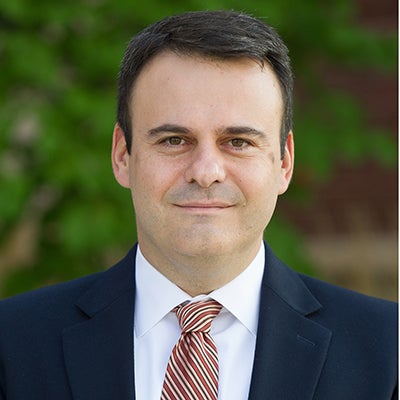
A paper written by Michail Fragkias, José Lobo (Arizona State University) and Karen C. Seto (Yale University) was published in Environment and Planning B: Planning and Design. Titled “A comparison of nighttime lights data for urban energy research: Insights from scaling analysis in the U.S. system of cities,” it looks at nighttime lights in urban areas. An abstract follows. Read Fragkias’ paper here.
Abstract
Urban areas contribute to about 75 percent of global fossil fuel CO2 emissions and are a primary driver of climate change. If greenhouse gas emissions for the top 20 emitting urban areas were aggregated into a one country, it would rank third behind China and the U.S. With urban areas forecasted to triple between 2010 and 2030 and urban population expected to increase by more than 2.5 billion, sustainable development will require a better understanding of how different types of urbanization affect energy use. However, there is a scarcity of data on energy use at the urban level that are available globally. Nighttime light satellite data have been shown to be related to energy use, but to date, there has not been a systematic comparison of how well different sources of nighttime light data and their derived products can proxy electricity use. This paper fills this gap. First, we perform a comparative analysis of different types of nighttime light satellite data to proxy for electricity use for U.S. cities. Second, we examine how the different types of nighttime light satellite data scale with the size of urban settlements and connect these findings to recent theoretical advances in scaling. We find that (1) all measures of nighttime light and urban electricity use in the U.S. are strongly correlated and (2) different nighttime light-derived data can measure distinct urban energy characteristics such as energy infrastructure volume versus energy use. Our results do not show a clear best nighttime light proxy for total electricity consumption, despite the use of higher spatial and temporal resolution data.